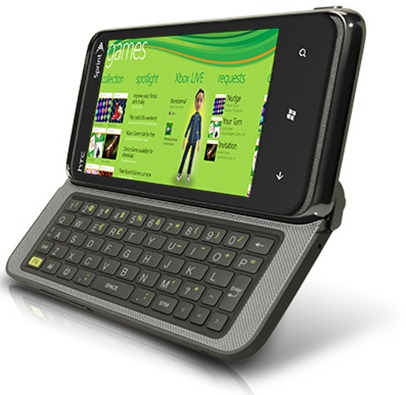Today, many TVs are able to connect directly to the Internet. A few of them include QWERTY keyboard remotes and actual Web browsers, but most lack these PC-like extras. Instead they're designed around a "walled garden" of apps like Facebook, Picasa, and casual games; streaming services like Netflix and Pandora; and an interface meant to be browsed using one thumb and a standard TV remote. Increasingly, they also offer app stores with paid and free apps as well as, in one case so far, actual shopping.
Of course a lot of other devices, especially Blu-ray players and dedicated boxes like Apple TV and Roku, also offer apps and streaming. The advantage of these boxes compared with a TV is cost: you can add them to an existing TV without having to upgrade, and if they become obsolete, the replacement cost is a lot lower.
But if you're buying a new TV and want built-in services without having to connect an extra box, you may be interested in how the various walled gardens stack up. We've reviewed a few this year, with more to come, so here's a quick-and-dirty look in order of which ones we like best so far. All include Netflix and the differences accumulate from there.
Panasonic Viera Connect: We're fans of the simple approach used by Panasonic. The main home page is arranged around tiles that will be familiar to any iPhone user, and you can arrange them so your favorites are on top. Unfortunately there's no Vudu or Hulu Plus client, and it still uses the old Netflix interface, but overall we think it's still better than the alternatives we've tested. The app store has potential and is the first we've seen that lets you purchase physical merchandise, but we wouldn't recommend paying extra for those Gameloft games.
Wi-Fi: USB dongle included
LG Smart TV: Like Panasonic, LG keeps its interface simple, with a tile-based Home page layout we actually liked better than Panasonic's. It's customizable and well-laid-out, especially if you use the unique Nintendo Wii-like remote included in models like the LW5600 below. The remote also allows drag-and-drop and makes using the surprisingly decent built-in Web browser easier. On the downside, LG's app store is the lightest content-wise among the top three (although we love its star rating system for apps), Pandora is mysteriously absent for now, and Search is even less impressive than Samsung's.
Wi-Fi: USB dongle included
Samsung Smart TV: If Panasonic and LG take the simple Apple approach, then Samsung is like the sprawling, more capable but also more impenetrable Android. Samsung offers a video search and a sort of IMDb lite with TV and movie information, but search is disappointing and it's rare for any of the TV shows or movies listed to actually be available to watch. The major missing service is Amazon Instant, but otherwise Samsung offers more apps than anyone, and its potential upside, for example with 3D streaming, is the highest among any we've seen. The UND6400 linked below is missing the browser and QWERTY remote found with the high-end UND8000.
Wi-Fi: Built-in on select high-end models; USB dongle $80
Sony Bravia Internet Video: Unlike Panasonic and Samsung, Sony didn't make any major improvements to its Internet offerings. There's no app store and no integrated home page for Internet content, but streaming selection is quite solid (with the exception of Vudu), and there's a cool Gracenote app that can identify songs much like Shazam on your phone. Most of the other add-ons use a separate Yahoo widgets interface, and the streaming services themselves are bound to Sony's design--a good thing for consistency, but often, as in the case of Netflix and Amazon, the cover art is just too small.
Wi-Fi: Built-in on select high-end models; USB dongle $80
Sharp Aquos Net: Sharp's service doesn't offer YouTube, Hulu Plus, or Amazon Instant, and the selection of apps is relatively sparse in the main user interface. On the other hand, the TV also offers a separate smorgasbord of apps from Vudu, with a better interface but no ability to combine live TV with apps on the same screen.
Wi-Fi: Built-in on all models
Philips Net TV: Our least favorite service so far in 2011 includes even fewer apps than Sharp, and while it also offers Vudu Apps, the rest of the pickings are slim. Although it isn't strictly an app or part of Net TV, Philips' Wi-Fi MediaConnect feature is worth mentioning here since it can let the TV display whatever is on your laptop screen without wires.
Wi-Fi: Built-in on all models
Thank you :
http://reviews.cnet.com/2795-6482_7-677.html?tag=mncol;txt










